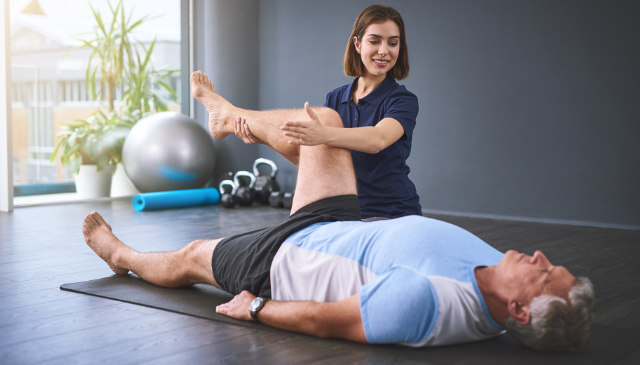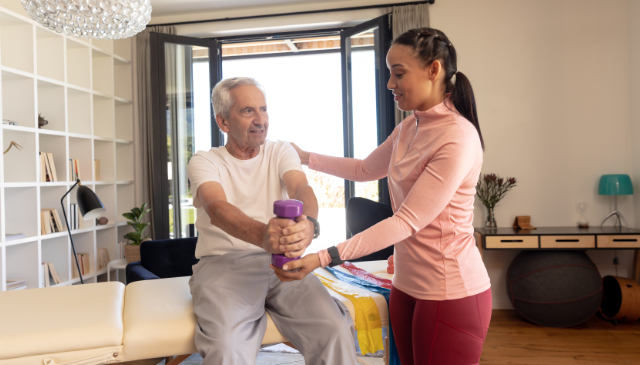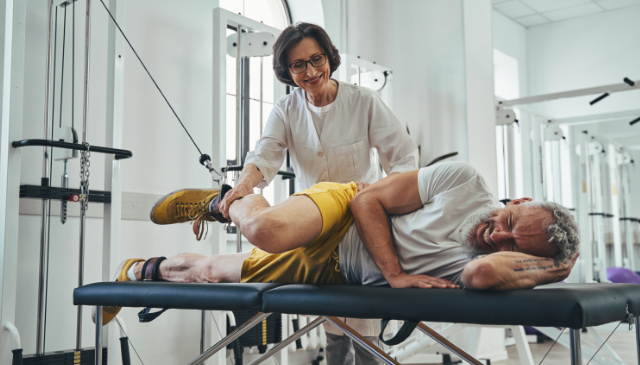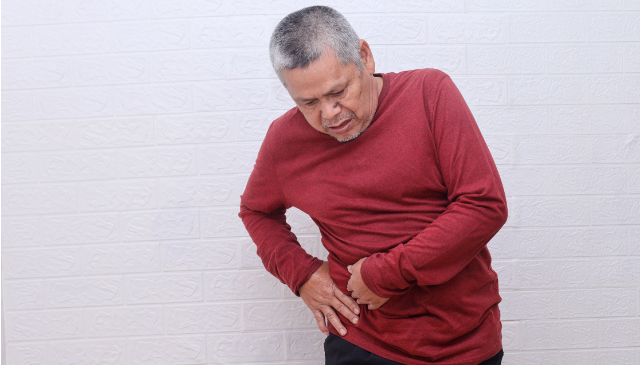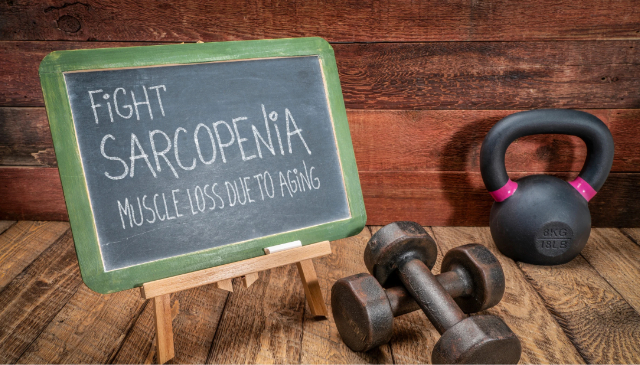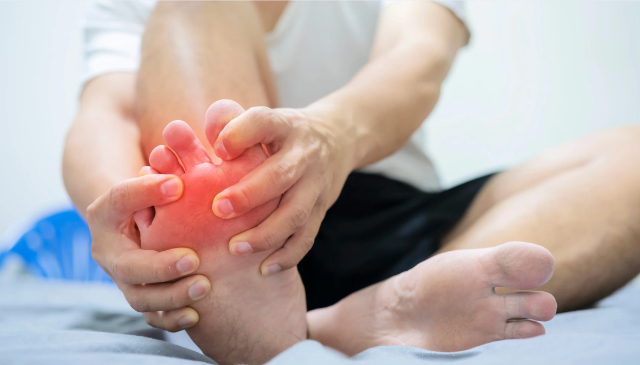
If you occasionally wind down at the end of a long day by having a drink or two, you may not think much of it. You've probably heard countless times how a small amount of alcohol can be good for your health–especially your heart health–and might even recall the saying that a little wine is good for the soul.
But what if the story is not as straightforward as you might think? Recent research is shedding new light on the relationship between alcohol consumption and cardiovascular disease, and the picture it paints is a bit more complex than the commonly held belief that moderate alcohol consumption is benign or even beneficial.
As physical therapists, we often focus on the physical aspect of health, like strength, flexibility, and mobility. But it's important to recognize that cardiovascular health is intricately connected to one's overall wellbeing because it affects everything from stamina to recovery after injury. With this in mind, in this post we're exploring the findings of a study that investigated the nuanced relationship between alcohol consumption and cardiovascular disease with some critical insights that might impact some of your lifestyle choices.
What is cardiovascular disease?
Cardiovascular disease (CVD) is a general term used to describe any disorder that affects the heart and/or blood vessels, including hypertension (high blood pressure), heart disease, and stroke. CVD is the leading cause of death throughout the world, as it claims millions of lives each year. Risk factors include poor diet, smoking, physical inactivity, obesity, and excessive alcohol consumption. While genetics play a role, lifestyle choices significantly influence your risk.
But exercise has long been recognized as one of the most effective ways to combat CVD, as regular physical activity has consistently been found to do the following:
- Lower blood pressure and cholesterol levels
- Improve circulation and heart function
- Reduce inflammation in blood vessels
- Help maintain a healthy weight
By incorporating movement into your daily routine–whether it's walking, swimming, or strength training–you can strengthen your heart and lower your risk of developing cardiovascular issues.
Taking a closer look at the connection between alcohol and cardiovascular disease
In recent years, the conversation around alcohol consumption has focused on its supposed protective effects against heart disease. Many people believe that light to moderate drinking, such as enjoying a glass of wine with dinner, can contribute positively to heart health. But what does the research say?
In light of ongoing debates and inconsistent recommendations, a team of researchers conducted a study to investigate the complex relationship between habitual alcohol consumption and the risk of CVD. Conducted through the UK Biobank, with over 371,000 participants, researchers utilized both traditional and modern genetic epidemiological approaches to better understand how different levels of alcohol intake affect cardiovascular risk.
The researchers noted that previous studies had often presumed a linear relationship between alcohol consumption and heart health, which could limit our understanding of potential risks at varying drinking levels. By exploring these thresholds, the researchers aimed to provide more comprehensive guidance for health recommendations.
The study uncovered some striking findings regarding alcohol consumption, including the following:
- Light drinking isn't as protective as once thought: While observational studies have suggested that light alcohol consumption might reduce CVD risk, this study found that even modest drinking was associated with slight increases in hypertension and coronary artery disease risk.
- Heavier drinking exponentially increases risk: As alcohol intake rose beyond moderate levels, so did the likelihood of developing cardiovascular conditions like high blood pressure and coronary artery disease.
- Lifestyle factors matter: Light drinkers tended to have healthier overall habits–like better diets and more exercise–which may explain why previous studies observed benefits from modest drinking.
The takeaway? Alcohol consumption at any level carries some degree of cardiovascular risk, with heavier drinking posing the biggest dangers.
Exercise: The ultimate heart protector
While alcohol's role in heart health is increasingly questioned, exercise remains a cornerstone of CVD prevention. Physical activity doesn't just strengthen your heart–it also improves how your body processes oxygen and regulates blood pressure. Research has shown that regular exercise improves vascular function by helping arteries to stay flexible and reducing strain on your heart, lowers resting heart rate, and reduces inflammation, which contributes to CVD. Frequent physical activity can also help alleviate stress through the release of endorphins, thereby reducing one's risk for heart disease.
Even small changes can make a difference. While optimal goals are to aim for at least 150 minutes of moderate aerobic activity or 75 minutes of vigorous activity per week, experts typically say that any amount is good, and more is always better. If you're new to exercise or managing an existing condition, working with a physical therapist can help you create a safe, effective plan tailored to your needs.
Take charge of your heart health by calling us today
Whether you're rethinking your relationship with alcohol or looking for ways to strengthen your heart through exercise, we are here to help. Physical therapy isn't just about recovering from injuries–it's about empowering you to live a healthier life. From personalized fitness plans to education on lifestyle changes, we're committed to helping you reduce your cardiovascular risk.
Contact us today to take the first step toward better heart health! For those interested in diving deeper into the study discussed here, you can find the full text here.

